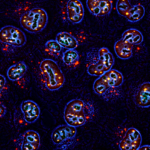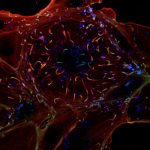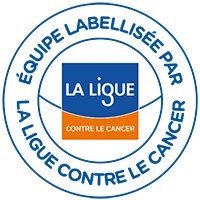About
The maintenance of cell identity and how it is subverted in disease are central questions in biology and medicine. The interplay between transcription factor and chromatin configurations plays a key role in maintaining cellular identity, yet how this interplay is regulated is poorly understood. Notably, the existence of possible general mechanisms underlying different cell-state specifications remains to be determined. We have recently uncovered evidence that sumoylation, which deposits a chromatin-associated mark (SUMO) that principally targets transcriptional regulators, acts as a general barrier to cell-fate transitions and enforces two distinctive chromatin types to safeguard somatic and pluripotent cell identities.
The central paradigm for the proposed work is that SUMO functions as a general stabilizer of critical chromatin-bound determinants of cell identity and that the equilibrium between conjugating/deconjugating activities provides a general regulatory mechanism for their dynamic targeting to key chromosomal loci, thus actively contributing to cell-fate change. Focusing on reprogramming to pluripotency and transition to totipotent-like states, we propose to: 1) identify relevant locus-specific SUMO substrates/complexes in fibroblasts and ESCs, 2) define the role of SUMO in regulating their function and dynamics and, reciprocally, 3) explore the sumoylation/desumoylation balance that accompanies cell-fate change. A complementary effort seeks 4) to exploit these experimental approaches to study a paradigmatic pathophysiological process involving rapid cell-fate transitions: tissue repair following muscle injury.
With a vision toward targeting this druggable pathway for regenerative medicine and cancer treatment, we expect these studies to integrate the gene regulatory roles of SUMO in resisting cell-fate change, thus opening up new avenues to the molecular mechanisms that specify cell identity during development and to how they are corrupted in disease.








